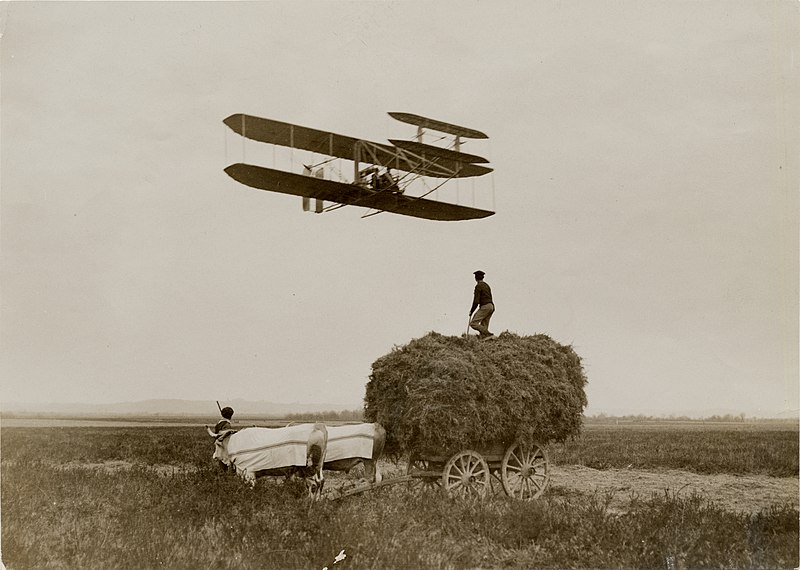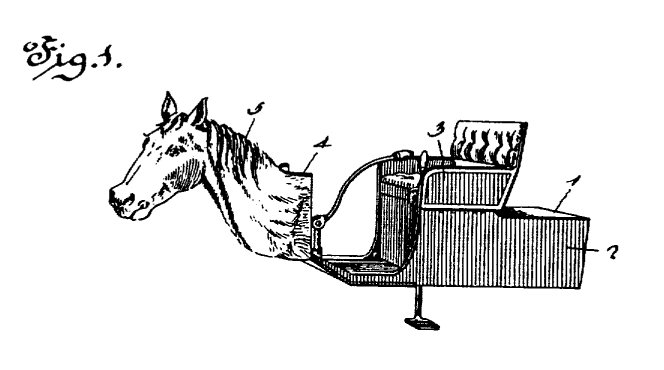
This antique sink has been in use by the physics faculty of Leiden University since 1920, the year that Albert Einstein was made professor by special appointment.
It stood originally in the large lecture room of the old Kamerlingh Onnes Laboratory, and it accompanied the department to the Leiden Bioscience park in 1977.
In more than a century of use, it’s earned its renown: Its users also include Paul Ehrenfest, Hendrik Antoon Lorentz, Heike Kamerlingh Onnes, Albert Fert, and Brian Schmidt.
In 2015, when it became clear that sink would not accompany the department to a new science campus in 2025, a petition to “save the sink” received 197 signatures in a month. The faculty board agreed to move it to a lecture room in the new Oort building.
See Something Else.



